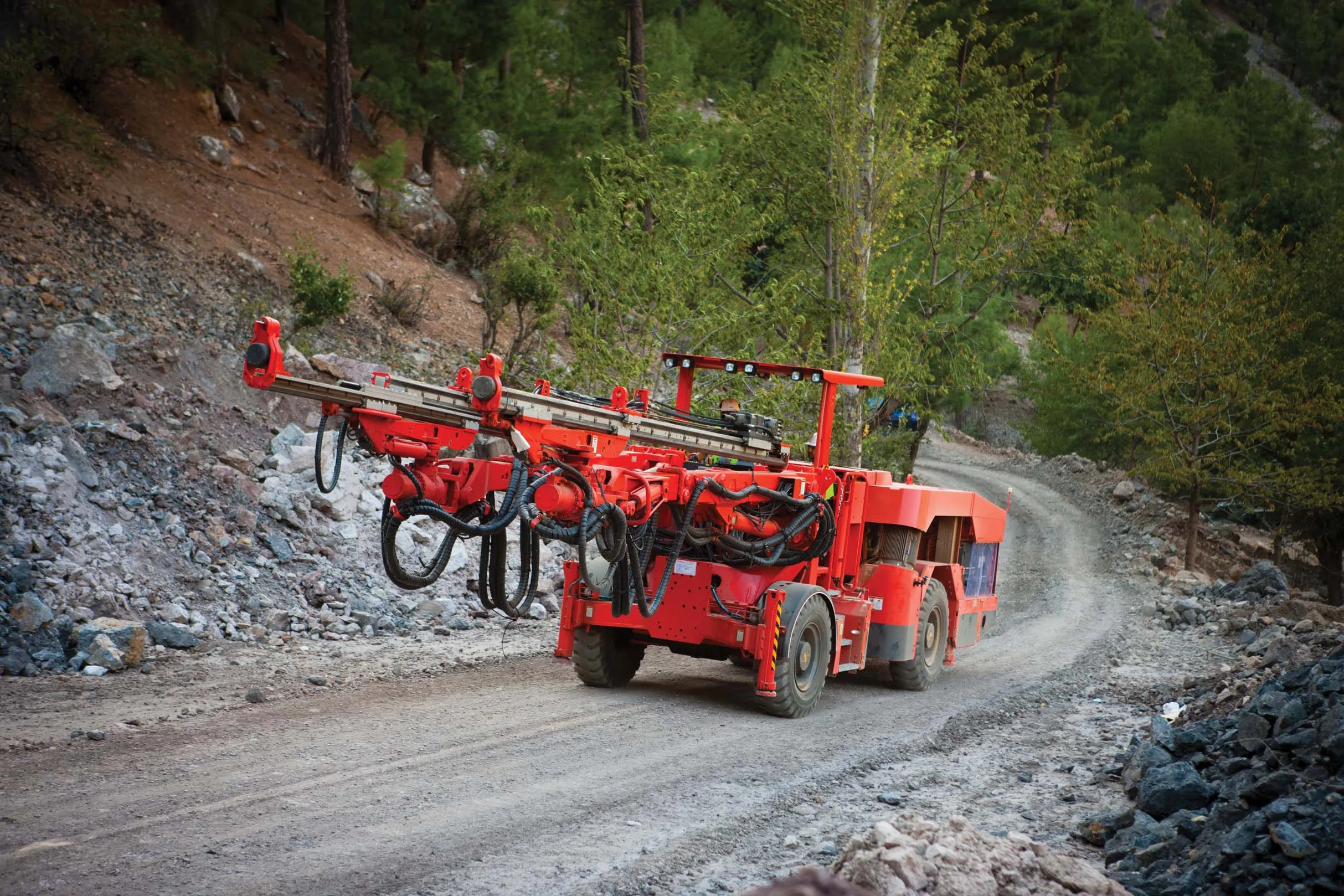The popularity of hydrodemolition is growing worldwide and was the specified solution for work on two vital Swedish links The hydrodemolition technique, which uses high pressure water jets to remove damaged concrete from various structures, is playing a crucial role in the major restoration of the vital Central Bridge and Söderled Tunnel in the centre of Sweden's capital Stockholm. The 1,550m dual two-lane rectangular box Söderled Tunnel and connecting dual two and three-lane Central Bridge are a vital 2.6k
July 18, 2012
Read time: 4 mins
The popularity of hydrodemolition is growing worldwide and was the specified solution for work on two vital Swedish links
The hydrodemolition technique, which uses high pressure water jets to remove damaged concrete from various structures, is playing a crucial role in the major restoration of the vital Central Bridge and Söderled Tunnel in the centre of Sweden's capital Stockholm.The 1,550m dual two-lane rectangular box Söderled Tunnel and connecting dual two and three-lane Central Bridge are a vital 2.6km long link in the north-south Stockholm traffic artery.
Around 85,000 vehicles/day travel through the two adjacent north and southbound box tunnels and about 128,000 use the bridge.
A 2000 inspection of the structures revealed water leakage in the tunnel roof and serious corrosion of the concrete reinforcing in the low part of the tunnel walls and on the bridge's concrete deck, primarily due to de-icing salt sprayed by passing traffic.
In 2005, Stockholm City Traffic Office embarked on a comprehensive programme of repairs and modernisation, which included a new fire protecting sprayed concrete lining in the tunnel soffit; sacrificial precast concrete panels along the base of the tunnel walls and upgrading the lighting, ventilation and sign boards.
In addition the Central Bridge's concrete deck is being repaired and strengthened and the central crash barrier replaced.
To minimise traffic disruption work is being phased over a five-year period, but only during the 13 summer weeks, between June and September, when traffic flows are down.
Among equipment being used, six
The repairs include the removal of the concrete surface from the ceiling and lower parts of the tunnel walls, and removal of the bridge's damaged concrete deck, followed by replacement with fresh concrete.
Stockholm City Traffic Office this summer focused on renovating the 850m northern stretch of the north bound Söderled Tunnel, following completion of the southern section of the same tunnel last summer. The northbound tunnel was closed to traffic, which was temporarily diverted through the southbound tunnel, during the round-the-clock restoration.
E-Schakt used its smallest Conjet Robot 322 and larger Conjet 362MPA and the latest Conjet 364MPA, both with multi-purpose arms for high reach and fitted with the optional hydraulically driven rotor head for scarifying and the preparation of concrete surfaces. The 322 was fitted with a single nozzle, which was modified to reach below road level and into the channel at the base of the tunnel walls.
High pressure water was supplied from three separate Conjet Powerpacks to each of the robots at a pressure of around 1,000bar and flow of 200litres/min. The larger 362MPA and 364MPA Robots worked on the tunnel roof with the rotor heads removing between 5-10mm of concrete, leaving a rough and textured micro crack-free surface for bonding on the new fire repellent overlay.
Along the base of the tunnel walls, the 322 removed concrete up to approximate 1m high and to depth of between 30-70mm.
During this summer's phase E-Schakt had to prepare about 10,000m2 of the tunnel's damaged concrete surfaces.
"Hydrodemolition was specified by Stockholm City Traffic Office for this project," says NCC Project Manager Hans Qvarnström.
On completion of E-Schakt's hydrodemolition, NCC followed on spraying a 35mm thick porcelain impregnated fire retardant concrete lining to complete the soffit restoration. On the prepared tunnel walls NCC sprayed an approximate 60mm thick layer of stainless steel fibre reinforced concrete, followed by a covering of abutting 2m high, 4m long precast concrete sacrificial panels. These can be individually and easily replaced in case of any future salt corrosion.
The E-Schakt team used the same hydrodemolition technique on the adjacent Central Bridge, selectively removing the damaged concrete to a depth of about 70-80mm to leave an uneven and textured surface. The deck was replaced with 45 MPa bridge concrete, and was then covered with a waterproofing membrane prior to a final asphalt base and 50mm wearing course for a return to traffic.
They will return next summer for the next phase and finally complete the restoration and upgrading by the early autumn of 2010.








